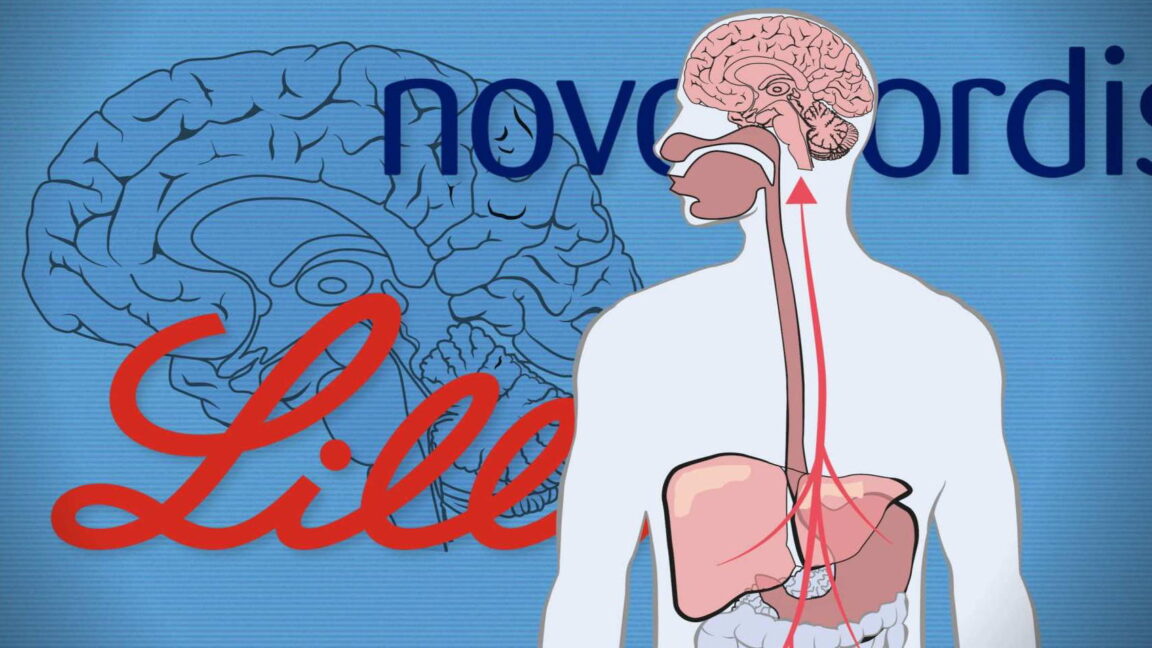
Adam Steensberg, the chief executive of Danish biotech Zealand Pharma, which is developing an alternative weight loss product based on a different hormone, says “there is a duopoly already” in the GLP-1 market.
Combining different drugs could be a way of expanding the effects of GLP-1s further still. Doctors such as Perkovic envisage a possible future treatment regime for chronic kidney disease patients that combines existing drugs with GLP-1s to drastically reduce the risks of organ failure.
But the upfront costs of GLP-1s are likely to hold back the wide-ranging access needed if the treatments are to tackle cardiometabolic diseases across the world.
The US list price of Wegovy is $1,349 for a one-month course. The cost of preventing one major adverse cardiovascular event, such as a heart attack or stroke, is likely to be almost $1.3 million, Airfinity predicts. This estimate assumes such an outcome would on average require 67 people to be treated for over three years, with the drugs available at a large discount to the list price.
Side-effects including nausea, diarrhoea and fatigue also remain a problem for some users, a challenge drugmakers and physicians are attempting to address. BlueHealth Intelligence, a health insurer in the US, found that 30 percent of GLP-1 users in the US were discontinuing their usage within a month, with poorer patients more likely to stop taking their drugs.
Glasgow University’s Sattar sees a “distant future” where lower-priced GLP-1s can be given to patients orally at the onset of conditions such as diabetes, tackling both obesity and other negative consequences in a way that doesn’t “bankrupt the health system.”
While progress is being made on cardiometabolic conditions, Ricks’ comments are the first sign that pharmaceutical companies will undertake clinical trials in areas such as addiction. Even if scientists establish a link, the road to an approval for use here is long.
The head of the US National Institute on Drug Abuse, Nora Volkow, points out that treating addiction may not be a commercial priority for pharmaceutical groups. GLP-1s are already generating big sales for Novo Nordisk and Eli Lilly, but many obese patients are yet to receive them—so there is still a huge target market.
“It may be hard, if the pharmaceutical industry says ‘why should I care? I make much more money prescribing these things for obesity’,” Volkow says.
Additional reporting by Oliver Barnes in New York
© 2024 The Financial Times Ltd. All rights reserved. Not to be redistributed, copied, or modified in any way.





